Arduino Nano with Cable
The Arduino Nano is a small, complete, and breadboard-friendly board based on the ATmega328 (Arduino Nano 3.x) or ATmega168 (Arduino Nano 2.x). It has more or less the same functionality of the Arduino Duemilanove, but in a different package. It lacks only a DC power jack, and works with a Mini-B USB cable instead of a standard one. The Nano was designed and is being produced by Gravitech.
Features:
– Operating Voltage(logic level): 5V
– 8 analog inputs ports: A0 ~ A7
– 14 Digital input / output ports: TX,RX,D2 ~ D13
– 6 PWM ports: D3, D5, D6, D9, D10, D11
– 1 pairs of TTL level serial transceiver ports RX / TX
– Using Atmel Atmega328P-AU MCU
– Support USB download and Power
– Support for external 5V ~ 12V DC power supply
– Support power supply by 9V battery
– Support ISP download
Power:
The Arduino Nano can be powered via the Mini-B USB connection, 6-20V unregulated external power supply (pin 30), or 5V regulated external power supply (pin 27). The power source is automatically selected to the highest voltage source.
Memory:
The ATmega168 has 16 KB of flash memory for storing code (of which 2 KB is used for the bootloader); the ATmega328 has 32 KB, (also with 2 KB used for the bootloader). The ATmega168 has 1 KB of SRAM and 512 bytes of EEPROM (which can be read and written with the EEPROM library); the ATmega328 has 2 KB of SRAM and 1 KB of EEPROM.
Input and Output:
Each of the 14 digital pins on the Nano can be used as an input or output, using pinMode(), digitalWrite(), and digitalRead() functions. They operate at 5 volts. Each pin can provide or receive a maximum of 40 mA and has an internal pull-up resistor (disconnected by default) of 20-50 kOhms. In addition, some pins have specialized functions:
– Serial: 0 (RX) and 1 (TX). Used to receive (RX) and transmit (TX) TTL serial data. These pins are connected to the corresponding pins of the FTDI USB-to-TTL Serial chip.
– External Interrupts: 2 and 3. These pins can be configured to trigger an interrupt on a low value, a rising or falling edge, or a change in value. See the attachInterrupt() function for details.
– PWM: 3, 5, 6, 9, 10, and 11. Provide 8-bit PWM output with the analogWrite() function.
– SPI: 10 (SS), 11 (MOSI), 12 (MISO), 13 (SCK). These pins support SPI communication, which, although provided by the underlying hardware, is not currently included in the Arduino language.
– LED: 13. There is a built-in LED connected to digital pin 13. When the pin is HIGH value, the LED is on, when the pin is LOW, it’s off.
– The Nano has 8 analog inputs, each of which provide 10 bits of resolution (i.e. 1024 different values). By default they measure from ground to 5 volts, though is it possible to change the upper end of their range using the analogReference() function. Analog pins 6 and 7 cannot be used as digital pins. Additionally, some pins have specialized functionality:
– I2C: A4 (SDA) and A5 (SCL). Support I2C (TWI) communication using the Wire library (documentation on the Wiring website).
– There are a couple of other pins on the board:
– AREF. Reference voltage for the analog inputs
– Reset. Bring this line LOW to reset the microcontroller. Typically used to add a reset button to shields which block the one on the board.
Communication:
The Arduino Nano has a number of facilities for communicating with a computer, another Arduino, or other microcontrollers. The ATmega168 and ATmega328 provide UART TTL (5V) serial communication, which is available on digital pins 0 (RX) and 1 (TX). An FTDI FT232RL on the board channels this serial communication over USB (included with the Arduino software) provide a virtual com port to software on the computer. The Arduino software includes a serial monitor which allows simple textual data to be sent to and from the Arduino board. The RX and TX LEDs on the board will flash when data is being transmitted via the FTDI chip and USB connection to the computer (but not for serial communication on pins 0 and 1).
Package Includes:
1 x Ardunio Nano Board
1 x USB Cable
| Brands | |
|---|---|
| Voltage |
| Microcontroller | Atmel ATmega168 or ATmega328 |
| Operating Voltage (logic level) | 5 V |
| Input Voltage (recommended) | 7-12 V |
| Input Voltage (limits) | 6-20 V |
| Digital I/O Pins | 14 (of which 6 provide PWM output) |
| Analog Input Pins | 8 |
| DC Current per I/O Pin | 40 mA |
| Flash Memory | 16 KB (ATmega168) or 32 KB (ATmega328) of which 2 KB used by bootloader |
| SRAM | 1 KB (ATmega168) or 2 KB (ATmega328) |
| EEPROM | 512 bytes (ATmega168) or 1 KB (ATmega328) |
| Clock Speed | 16 MHz |
| Dimensions | 0.73″ x 1.70″ |
| Length | 45 mm |
| Width | 18 mm |
| Weigth | 5 g |
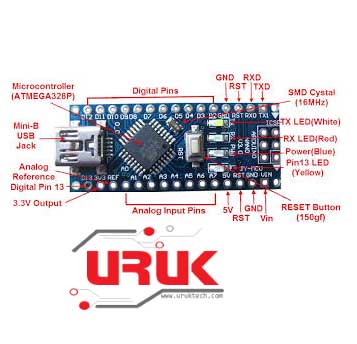
Based on 3 reviews
Only logged in customers who have purchased this product may leave a review.

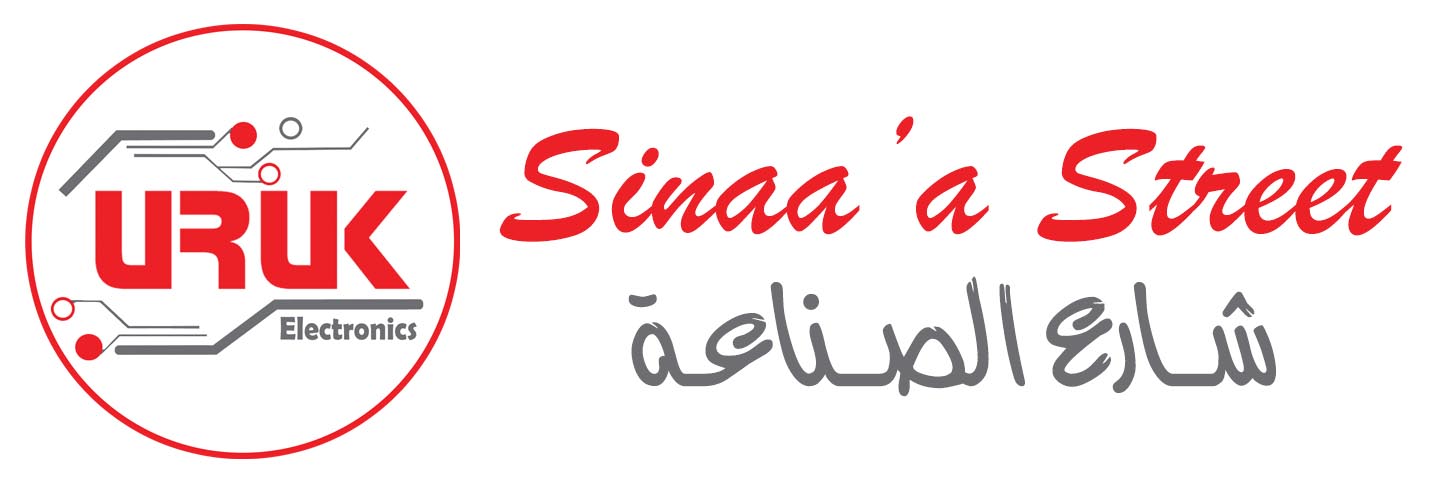
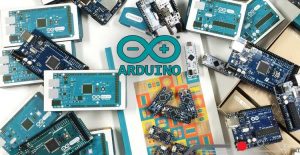
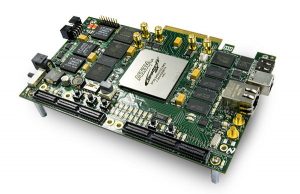


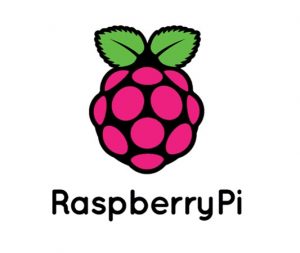
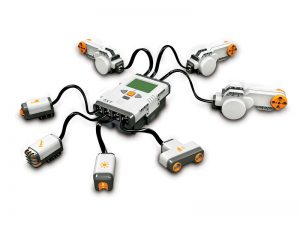
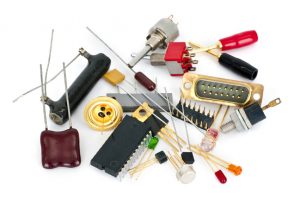
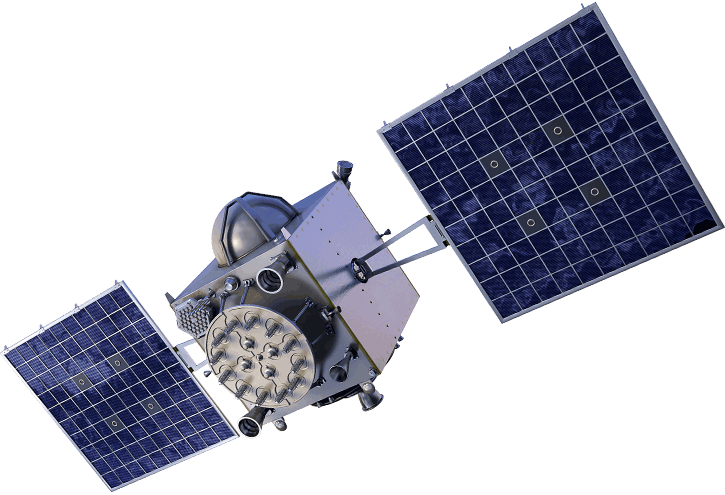

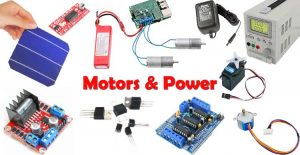
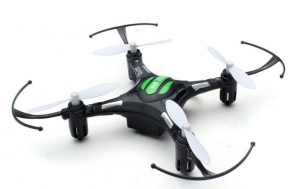

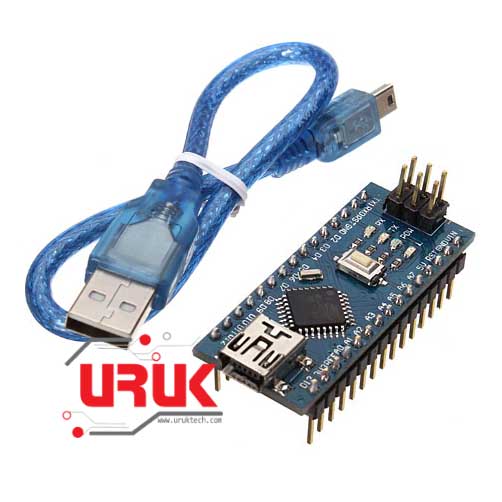
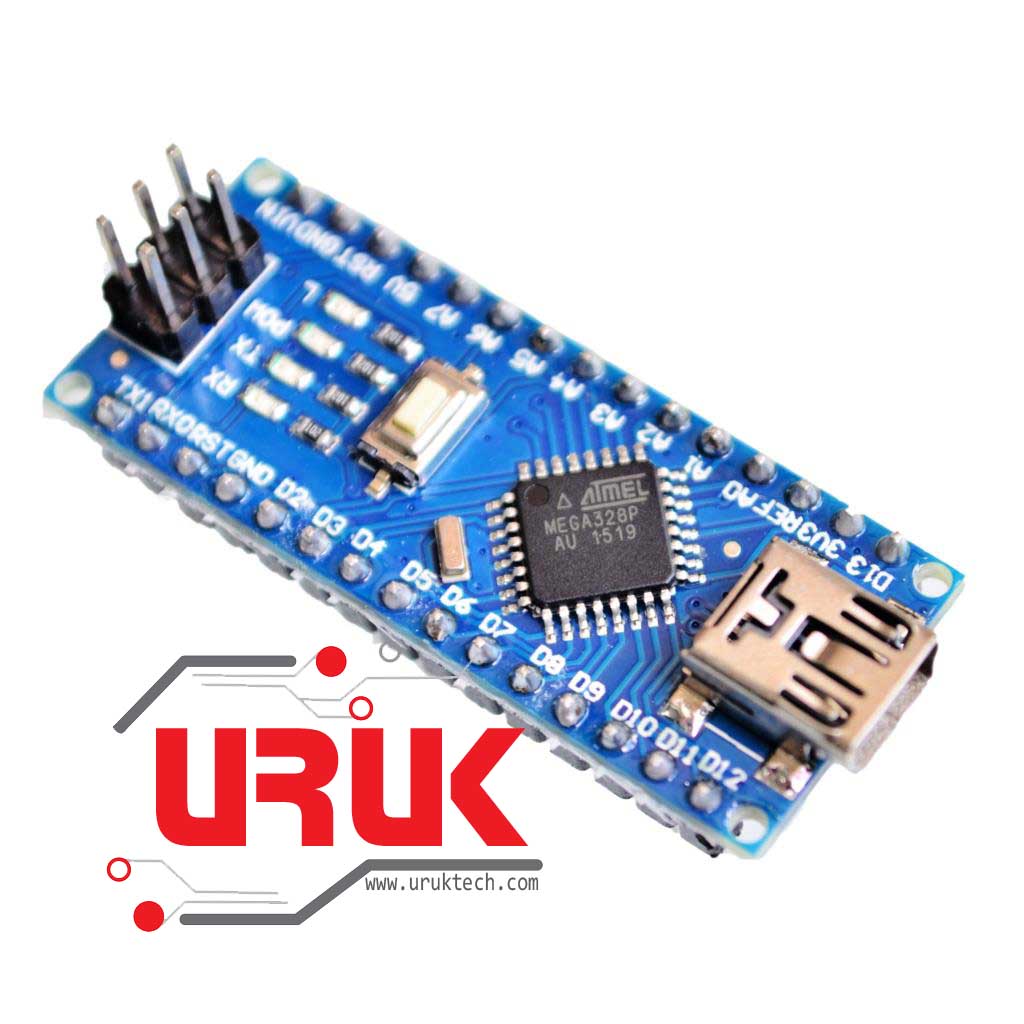
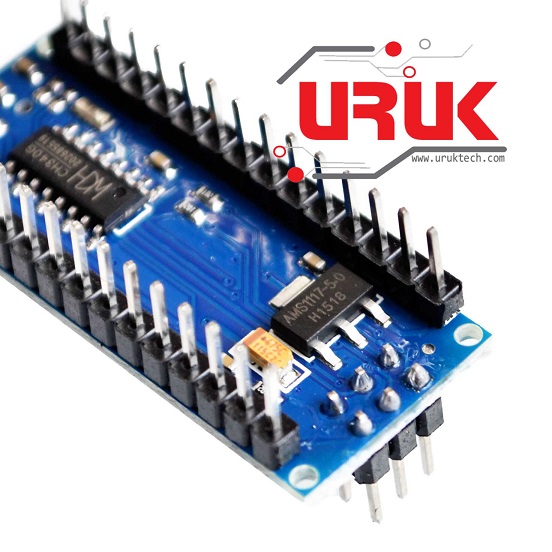
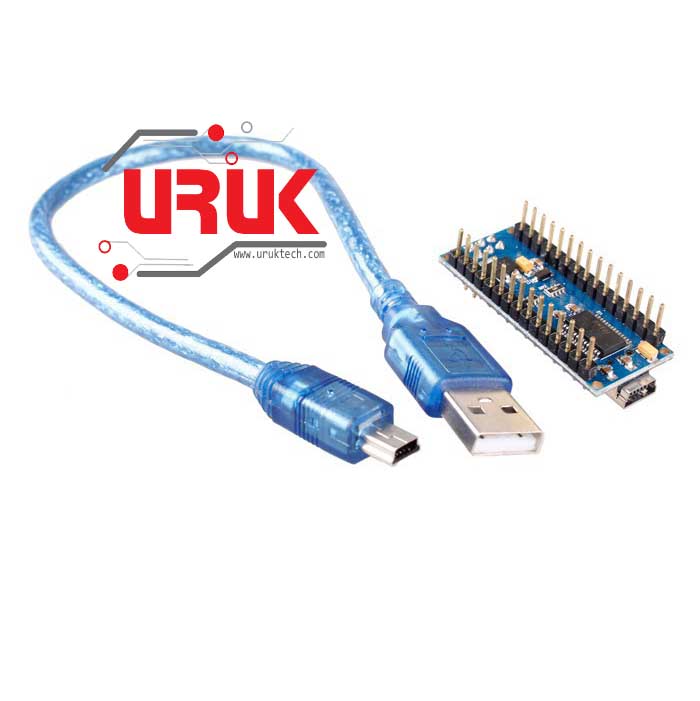
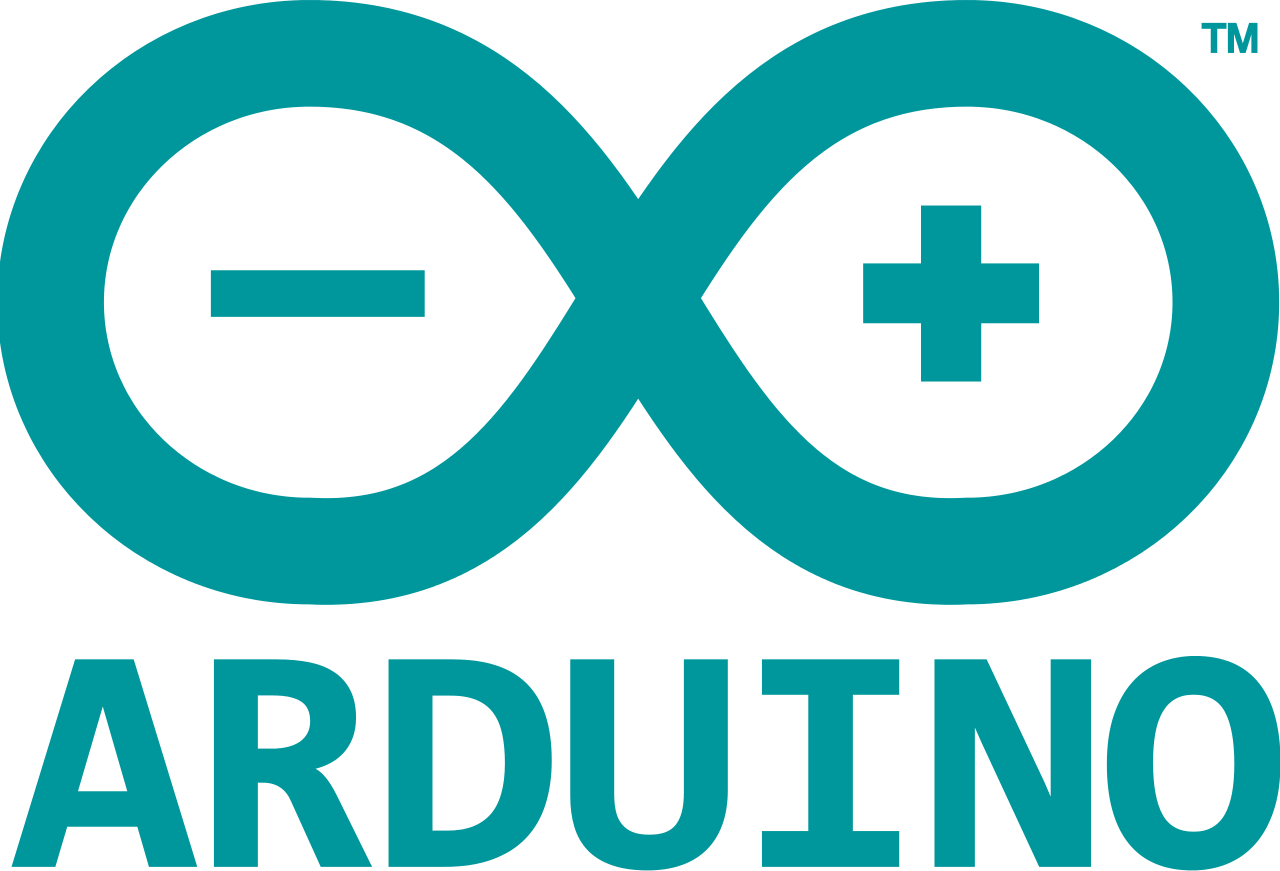
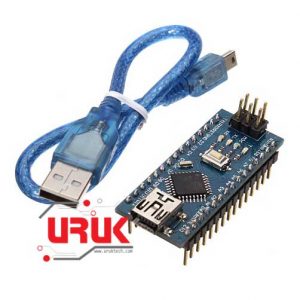
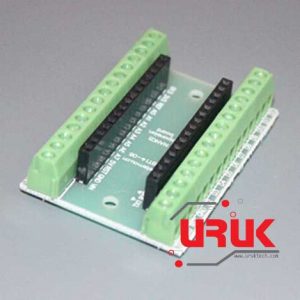
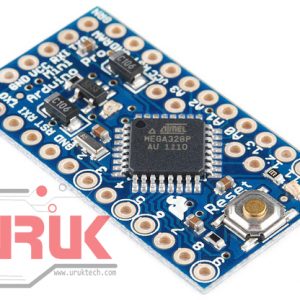
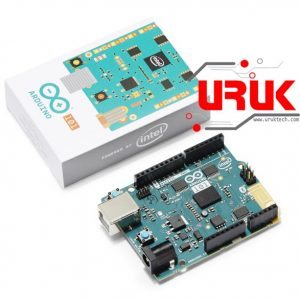
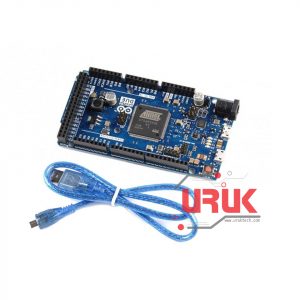
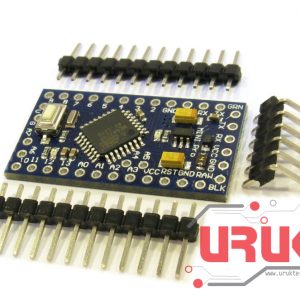

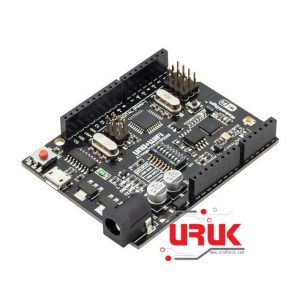
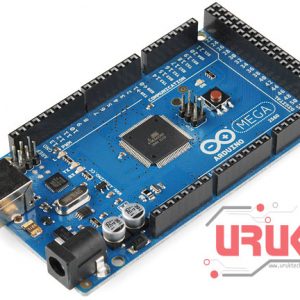
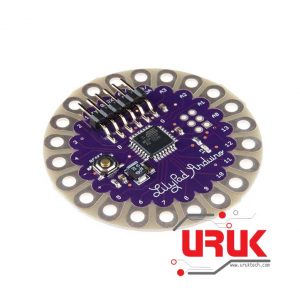
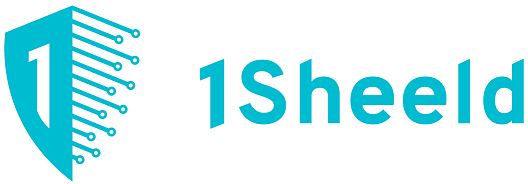



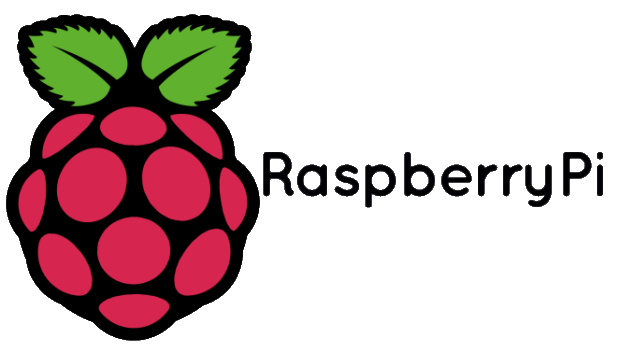
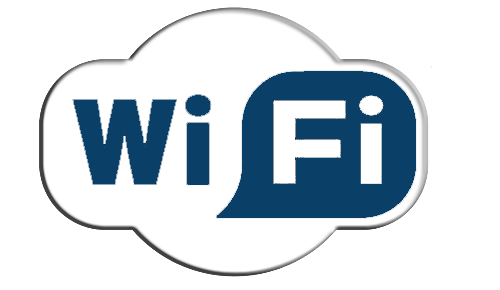
[email protected] –
هذا البورد لا يحتوي على كرستالة مثل الارديونو اونو، لكن هل ما زلت استطيع ان لستعمله بنفس الوظيفة؟
[email protected] –
Sales Manager (verified owner) –
عزيزي موجودة كرستاله بالبورد SMD بس حضرتك ما لاحظتها وطبعا يعمل بنفس الوظائف بل اكثر
Sales Manager –
..2957 –
ماعرف شنو السبب اشتريت قطعه ومجاي اكدر ارفع اي نوع من انواع الاكواد حته البيسك مجاي تنرفعله🌚💔💔
..2957 –
Sales Manager (verified owner) –
عزيزي تأكد من التعريف مال البورت مضبوط لو لا، اذا ما معرف ما رح تكدر ترفع شي
Sales Manager –
..3010 –
لا حبيبي لازم تحطه old bootloader
..3010 –